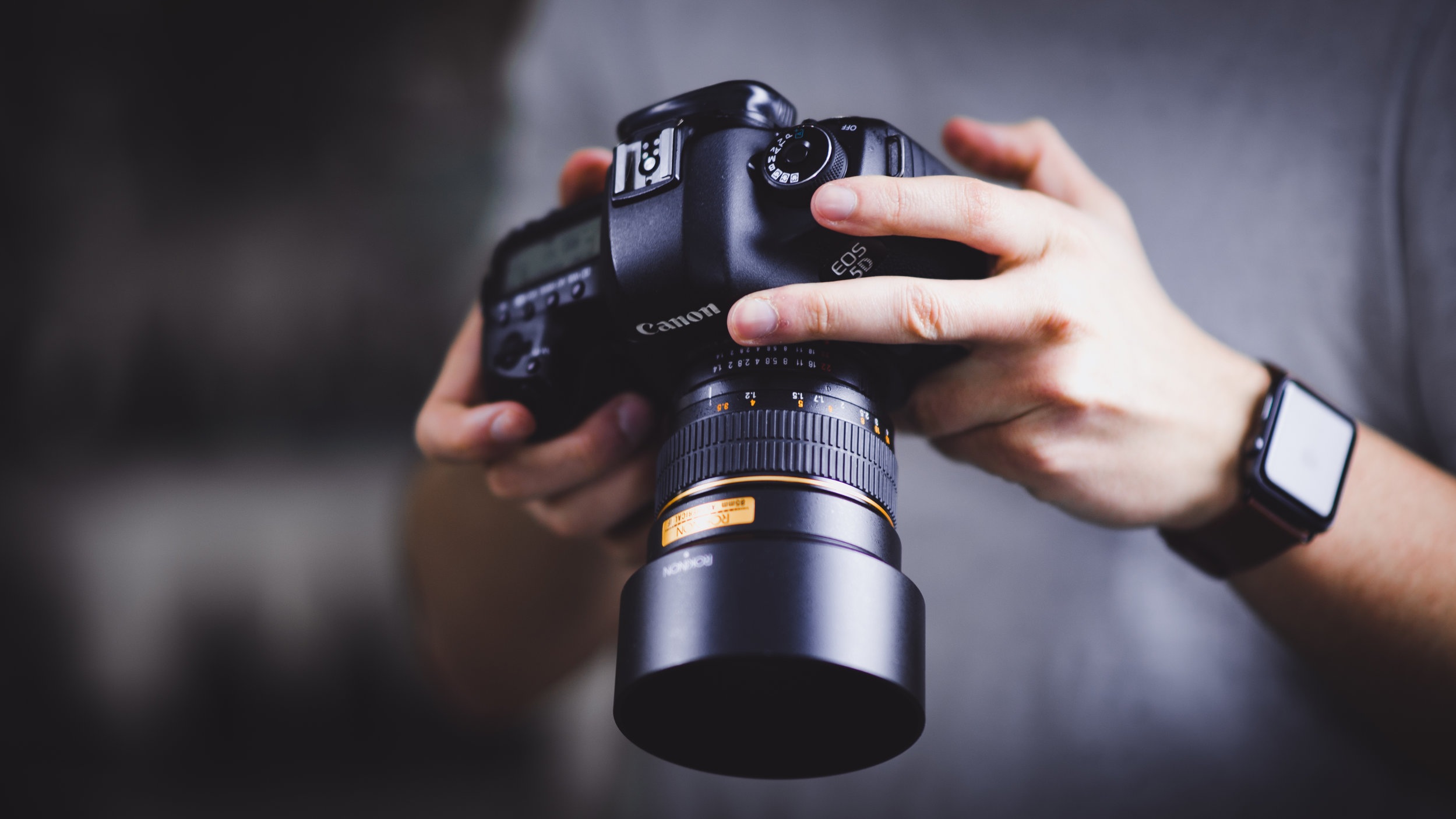Starting out in photography can be both exciting and a bit overwhelming. With so many techniques, terms, and tools to learn, it’s easy to feel lost. Whether you’re using a DSLR, a mirrorless camera, or your smartphone, these ten tips will help you build a strong foundation and start taking great photos right away.
- Understand Your Camera
Before jumping into shooting, spend some time getting familiar with your camera. Read the manual to understand the functions and settings. Learn about modes like aperture priority, shutter priority, and manual. Knowing these will give you more control over your photos and allow you to experiment with different techniques. - Focus on Composition
Composition is key in photography, as it influences how viewers perceive your image. The rule of thirds is a simple and effective way to enhance composition. Imagine your image divided into a 3×3 grid; place your subject along these lines or at their intersections for a balanced, visually appealing photo. - Learn the Basics of Exposure
Exposure is determined by three elements: ISO, aperture, and shutter speed. Understanding how these settings work together is essential. High ISO makes your sensor more sensitive to light, but it also introduces noise. A wide aperture creates a shallow depth of field, while a fast shutter speed freezes motion. Mastering this triangle is key to achieving the right exposure in different lighting conditions. - Use Natural Light
Natural light can make a huge difference, especially for beginners. Early morning or late afternoon (often called “golden hour”) produces soft, warm light that’s perfect for photos. Avoid shooting in harsh midday sun, which creates hard shadows. If you’re indoors, position your subject near a window for soft, diffused lighting. - Experiment with Angles and Perspectives
One of the best ways to make your photos stand out is to try different angles. Don’t just shoot from eye level; get low, climb high, or move around your subject. Changing your perspective can add drama, interest, and depth to your photos. - Pay Attention to the Background
The background can make or break a photo. Busy or cluttered backgrounds distract from the main subject. Look for simple, uncluttered settings or use a shallow depth of field to blur the background, ensuring the focus stays on your subject. - Use Leading Lines
Leading lines, like roads, paths, or rivers, naturally draw the viewer’s eye through the image, creating depth and guiding them to the focal point. Incorporating these elements can make your photos more dynamic and engaging. - Practice Patience
Photography often requires patience. Wait for the right moment, whether it’s for lighting to change, the subject to move, or the perfect expression to appear. Don’t rush; sometimes, the best shots come from waiting a little longer. - Edit Your Photos
Editing is a valuable skill that can enhance the mood and quality of your images. Start with simple adjustments like brightness, contrast, and color correction. Even free apps like Snapseed or Lightroom Mobile offer robust editing tools for beginners. - Practice, Practice, Practice
Photography is a skill that improves with practice. Take photos regularly, experiment with different settings, and review your work. Notice what you like and what you’d like to improve, and keep challenging yourself to try new techniques.
By following these tips and consistently practicing, you’ll quickly build confidence and start creating photos that capture your unique perspective. Remember, great photography doesn’t come from expensive equipment alone—it’s about skill, patience, and creativity. So grab your camera, start shooting, and enjoy the journey!

